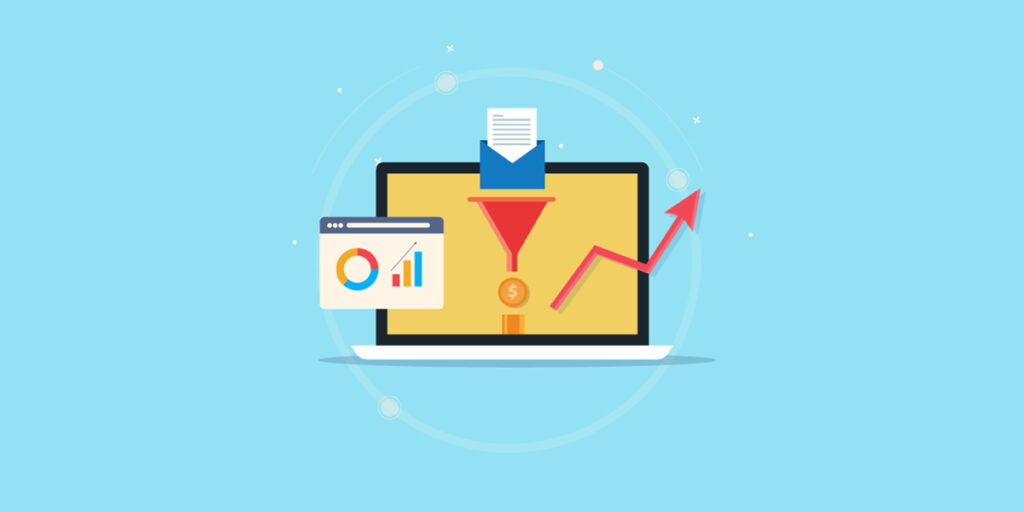Speed Matters: Website Performance and Perception
They say beauty is in the eye of the beholder. And it’s what’s on the inside that counts. A fitting metaphor for web design and site performance. You see, a well-designed website impacts how your brand is perceived. (First impressions matter, right?) But speed and performance have the final say.
A fast and functioning site seems a no-brainer when it comes to effectiveness, but you’d be surprised at how often these elements are overlooked. A big mistake considering the effect web performance has on your success online—from stickiness to ease of use, member retention to conversion.
Simply put, if you sacrifice practicality for prettiness, your brand and bottom line suffer. But don’t take our word for it; the numbers speak for themselves.

Avoid the penalties of poor web performance
A positive user experience directly relates to online success. But what does online success mean? Business objectives aside, let’s look at key performance indicators like conversion rates and bounce rates, time on site and visitor retention.
Conversion rates
According to HubSpot, if your website loads in one second, it can five times your conversion rates compared to a site needing ten seconds to load. Alternatively, conversions drop 4.42% for every one-second delay. Put into dollars and cents, sources say $18 billion is lost each year from abandoned carts on ecommerce sites.
It doesn’t matter if you provide resources for members of an association, sell goods, or offer travel content for tourists. If you want signs up, sales, and heads in beds, a faster site means better results.
Bounce rates
As load time increases, so do the chances of a user bouncing from your site. Key findings from tooltester show bounce rates on mobile skyrocketing up to 123% for pages taking ten seconds to load. While Google Consumer Insights found more than three seconds results in 53% of visitors leaving.
Purely performative, so far, but site speed also impacts brand trust. Nearly 70% of consumers agree—a slow site impacts their willingness to buy from an online retailer, according to Unbounce’s page speed report. (Remember that $18 billion left in abandoned carts?)
The short of it is this: long load times mean high bounce rates, and high bounce rates mean fewer conversions and less trust.
Time on site
When it comes to web speed and performance, the opposite of bounciness is stickiness. If your site is fast and efficient, visitors are more likely to explore pages and engage with content. That means they’re sticking around longer, which translates to lower bounce rates and (hopefully) more conversions.
If your web content looks good and loads fast, visitors are encouraged to consume more and spend more time interacting with your site.
Time on site isn’t just about speed. Content structure and mobile optimization plays a role, as well. Techjury says 71% of publishers experience a boost in positive user feedback when their content looks good on mobile devices. MarketSplash takes it further, saying mobile-friendly sites are preferred by 91% of users compared to unoptimized sites. Something you can’t afford to ignore, since mobile devices represent more than 53% of web traffic globally.
Visitor retention
Site speed and content optimization does more than keep users on your site. Good user experience (UX) also encourages visitors to keep coming back. According to Techjury, approximately 74% of visitors may return to your site if it’s mobile-friendly, highlighting the importance of responsive design.
On the other hand, visitors are five times more likely to leave your site if it’s slow and not optimized. Plus, 88% of online shoppers aren’t willing to return to a site following a bad user experience.
Good user interface (UI) can increase conversion rates by 200%—better user experience (UX) design can launch conversions up to 400%
Forrester Report
These numbers reveal even a small change to site performance can improve (or worsen) its effectiveness. Significantly.

Load faster, rank higher
Web performance isn’t only about conversions and bounce rates. It’s also a ranking factor by Google’s algorithm. Since speed is linked to user experience, the faster it is, the happier visitors are. And Google’s top priority is serving their users the best search results possible.
Faster site = better user experience = higher search ranking = greater chances of success.
What can be done to improve page load times? Key areas to consider are:
- Optimizing the site’s interface to provide instant feedback
- Keeping graphics optimized for speedy loading
- Reducing the amount of initial content load
- The design of the visual elements
- Optimizing for mobile devices
Beyond visual design, it’s important to optimize the systems behind the scenes. This includes aspects like servers and databases, content caching and content distribution networks.
Get up to speed with Alphabet®
In the digital era, web speed impacts your brand’s success. More so, it affects your business goals—at the top of the funnel right to the bottom line. If you want peak performance, you can’t afford to cut corners.
From hosting to programming, UI to UX design, the web team at Alphabet® is up to speed on the latest and greatest. To get the best results from your online presence, reach out today.